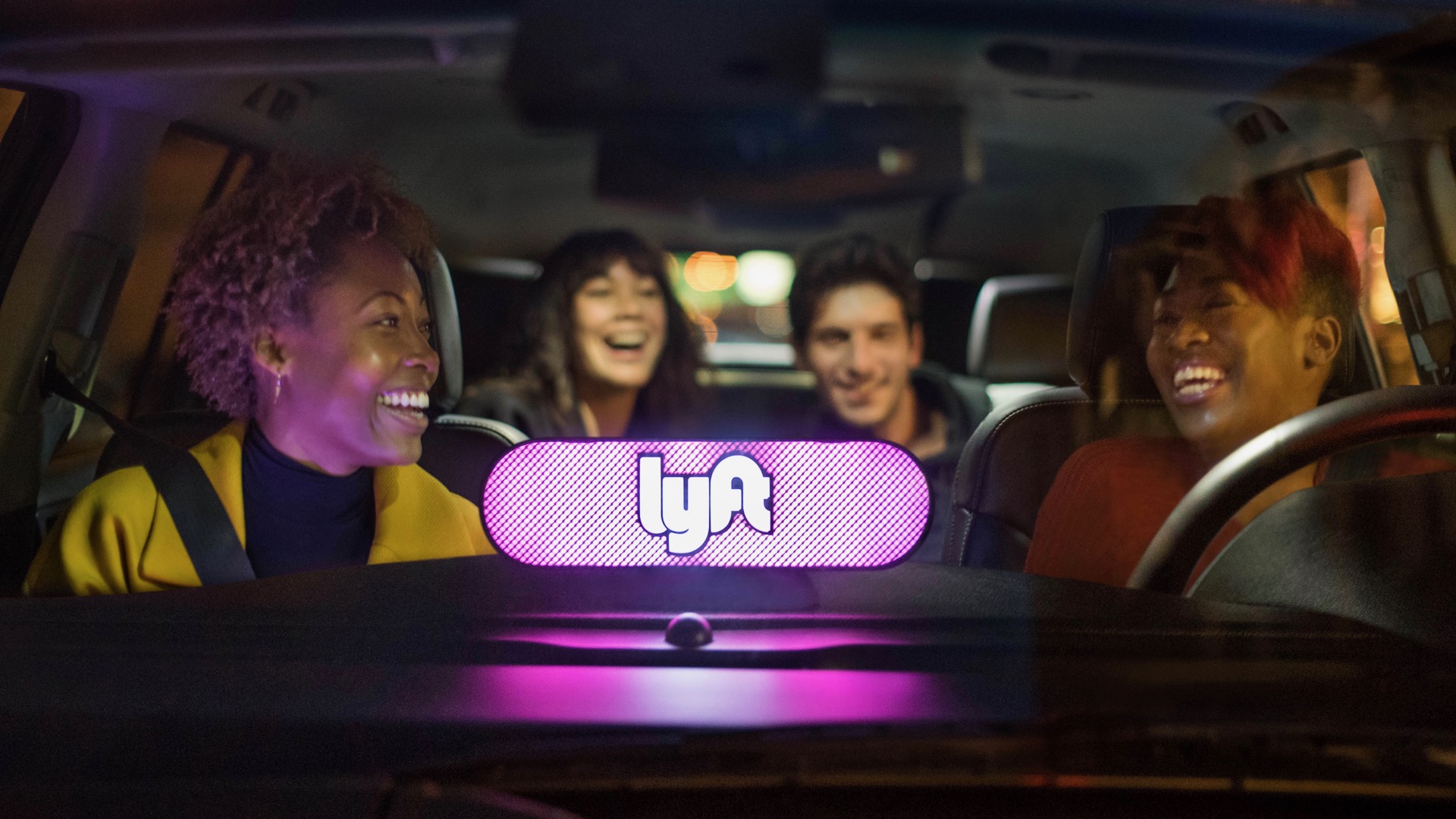

Lyft began experimenting with a monthly subscription service earlier this year, but now the ride-hailing company is ready to take it nationwide. Subscription services are all the rage these days, with even certain automakers looking to apply the Netflix model to transportation. But will it work for Lyft?
Riders can sign up for an “all-access plan” for $299. That buys 30 rides costing up to $15 each. If a ride costs more than $15, the subscriber pays the difference. Subscribers also need to use their 30 rides within 30 days, as unused rides don’t roll over into the next month. For a limited time, subscribers also get 5 percent off additional rides.
Subscription plans can only be used for certain Lyft services, according to The Verge. Plans apply to car-based services—ride-hailing and carpooling—but not Lyft’s bike and electric scooter-sharing services. Lyft began testing subscriptions in March, but with variable prices ranging from $199 to $450 per month for the same 30 rides offered under the new, finalized plan.
The rise of subscription services for streaming movies, television, and music has generated plenty of enthusiasm for the concept in the business world. But Lyft’s subscription plan seems less like Netflix or Spotify, and more like the monthly passes commuters in some cities can buy for public transit. Like those commuters, Lyft subscribers are paying for a specific amount of rides upfront, rather than for open-ended access.
Lyft claims that people who use its subscription plan can save up to 59 percent per month compared to owning a car, but actual savings will vary depending on factors like cost of car ownership, and an individual’s transportation needs. Customers will have to crunch the numbers to see if a Lyft subscription plan is worthwhile.
Subscriptions fit into Lyft’s larger goal of getting more people out of personal cars. The company is offering incentives to residents of 35 cities to abandon their personal cars for a month and, once a person has made that commitment, a monthly subscription makes more sense. Outside of those cities, if Lyft can convince people to buy a subscription plan, those people may be more likely to use its services since they’ve paid upfront.
Lyft is working to grow its business as it heads toward an initial public offering in 2019, at roughly the same time as rival Uber. But in its eagerness to get people out of their cars, Lyft will need to address the traffic congestion caused by its ride-hailing vehicles, and deal with regulators who are less tolerant of ride-hailing services than they once were. New York City recently voted to cap the number of vehicles operating for services like Uber and Lyft, potentially setting a precedent for other cities.